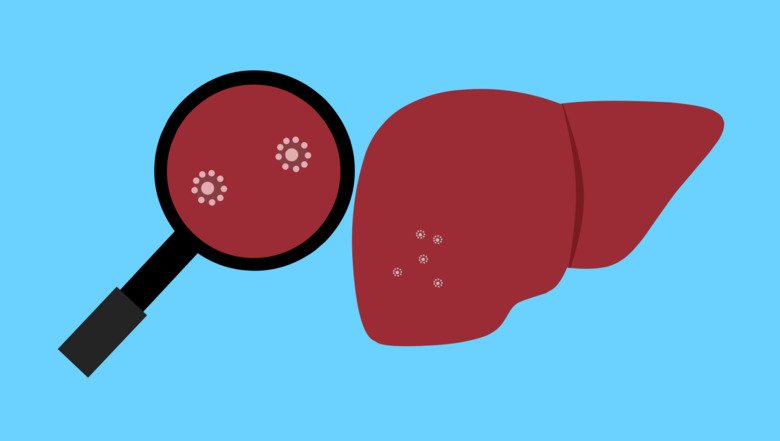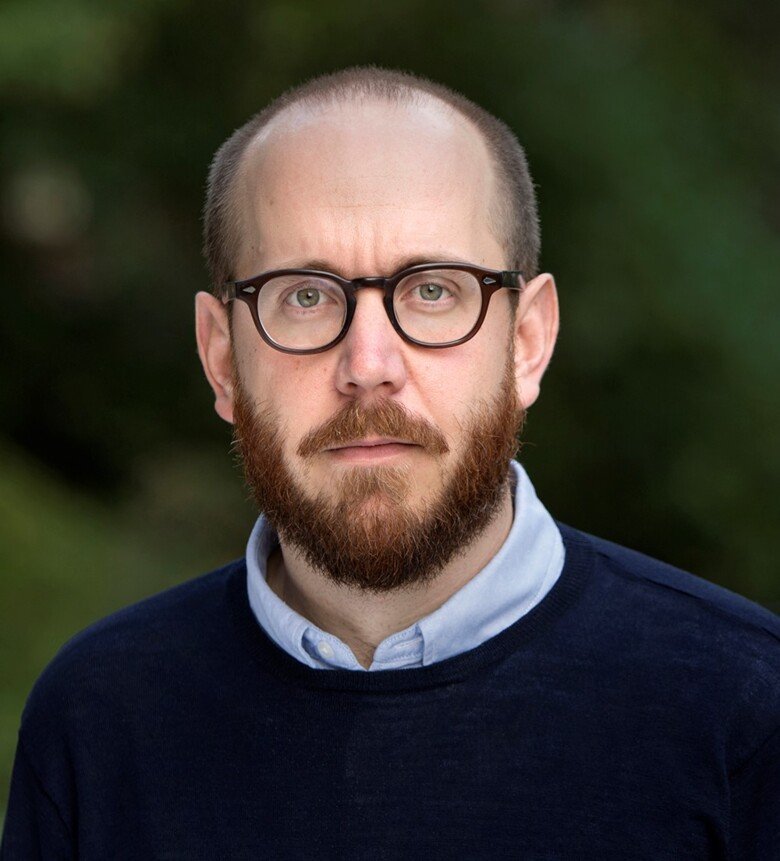Researcher survey: Can hepatitis C be eliminated?

The discovery of the hepatitis C virus is this year acknowledged by The 2020 Nobel Prize in Physiology or Medicine. It is now possible to detect the virus in blood and to provide an effective treatment for the infection. WHO wants to eliminate hepatitis C by 2030, but is this possible? We asked three researchers what they think.
Namn: Soo Aleman
Title: Associate Professor at the Department of Medicine, Huddinge

How can the goal be achieved?
“Globally, better access to the new effective medicines is needed, especially in developing countries. In order to reduce infection in risk groups, treatment of drug dependence is required while at the same time working on minimising harm by offering access to clean syringes, for example.”
How are you working towards the goal?
“In Sweden, we need a national action plan, which we are now developing within the NAG hepatitis working group, of which I am chair. Healthcare needs to redirect towards more outreach activities and preventive measures in risk groups. In my research group, we have used national registers to investigate liver and drug-related mortality in different groups, such as amphetamine or opioid users. One conclusion is that we have lost about 60 per cent of all diagnosed cases of hepatitis C from healthcare in Sweden. We must find them and provide them with care – with today's medicines we have a 97 percent chance of curing the disease.”
Namn: Ola Weiland
Titel: Senior Professor of Infectious Diseases at the Department of Medicine, Huddinge.

How can the goal be achieved?
“Many things have to fall into place: There is a need for increased awareness and universal access to testing and care, including the effective medicines that now exist. A first step is to get national plans into place. In Sweden, we are well on our way to achieving the goal, and Iceland has already done so. But globally we have a long way to go, only a few countries look like they have a reasonable chance. A vaccine could change this, but it does not exist today.”
How are you working towards the goal?
“One of my focus areas is to evaluate treatment, both medically and financially. The new antiviral medicines have been a fantastic success, but there has been a lot of focus on their cost. It is therefore also important to find out how society benefits from people being cured of hepatitis C.”
Namn: Niklas Björkström
Titel: Researcher at the Department of Medicine, Huddinge.

How can the goal be achieved?
”This is a major issue which is unfortunately made more difficult by the corona pandemic. Each country has a unique composition of patients with chronic hepatitis C who need to be identified and treated. We also need to work preventively with risk groups to reduce the spread of infection and the risk of reinfection after treatment.”
How are you working towards the goal?
“We focus on understanding how the immune system recovers after a chronic hepatitis C infection. We should remember that even if the new treatments can cure patients, they do not make them immune. If they are exposed to the virus again, they may get a new chronic infection. The immune system of patients with chronic hepatitis C is exhausted in many ways, and we see that some of the exhaustion persists after the virus is gone, which could possibly cause problems for patients in the future.”
Timeline: On the road to elimination
1960s: Unexplained infection
Hepatitis infection via blood transfusion is a major problem. Even when hepatitis A and B can be excluded, many cases remain unexplained.
1980–2000: Improved treatment
Patients are treated with different combinations of medicines that work better and better. But there are many side effects.
1989: The virus is identified
The Nobel laureates' discoveries enable rapid development.
2014: Curative medicines
Direct-acting antivirals (DAAs) make it possible to cure hepatitis C in a short time, almost completely without side effects.
2030: The disease is eliminated?
The WHO has the goal of eliminating hepatitis C as a threat to public health by 2030. This means that...
... the number of new cases decreased by 90 per cent
... deaths decreased by 65 per cent.
... 80 per cent of all new cases receive treatment.
Sources: Nobel Prize.org, Ola Weiland
